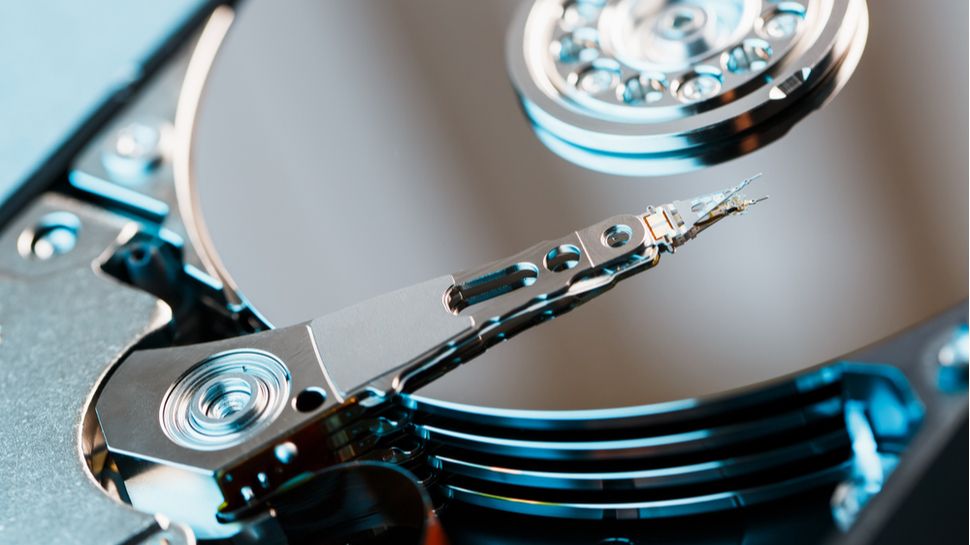New data from cloud backup and storage management firm Backblaze appears to verify that the age of a hard disk drive (HDD) increases the likelihood of it failing.
A report published in a post (opens in new tab) on the Backblaze blog (via The Register (opens in new tab)) states that the age of a drive was deemed an important factor in predicting failure in correlation with, according to Backblaze’s “cloud storage evangelist” Andy Klein, Backblaze’s aging portfolio of drives.
According to statistics for 230,921 of its drives verified as used for storage purposes, smaller drives (from 4-10TB) failed more often than larger ones (12-16TB), but they were also older.
HDD failure trends
The Backblaze data superficially shows that the smallest Seagate and Toshiba drives in its portfolio are the most prone to failure, with both vendors’ products accounting for 3.64% of all of the company’s drive failures in Q3 2022.
However, Klein did praise the “very respectable” annualized failure rates (AFRs) of its longest standing drives from these vendors (some after almost eight years in service), and went on to cite Seagate drives in particular as suitable for business deployment.
“In general, Seagate drives are less expensive and […] their failure rates are typically not high enough to make them less cost effective over their lifetime.”
Klein believes that, for Backblaze, 2023 will involve replacing its smaller drives with larger ones. So far, there’s no inherent link between the size of a drive and how prone it is to failure, and, in fact, only its 16TB drives saw net decreases in AFR of 0.07%.
As a result, we may have to wait for Backblaze to shift more and more towards larger drives as part of its fleet before any evidence of that sort of correlation begins to surface.
According to Backblaze, its hard drive failure data (opens in new tab) supports the bathtub curve (opens in new tab), whereby a product sees higher rates of failure early in its life cycle, which level out over the course of its life, and increasing again.
However, it has noticed improvements in HDD manufacturing across the board. In a report on the curve from 2021, the company claims that many manufacturers, such as Seagate, have moved to extensive testing of their HDDs before shipping (opens in new tab), decreasing the likelihood of early failures.
It also observed that many drives tend to last longer, failing in their fifth or sixth year far more often than the third or fourth year, as was the case in Backblaze’s previous report on the curve in 2013.
For all the latest Technology News Click Here
For the latest news and updates, follow us on Google News.

